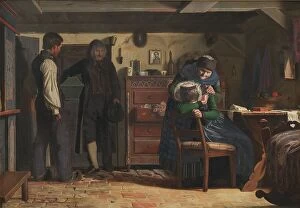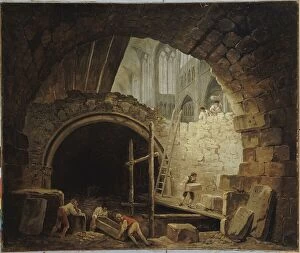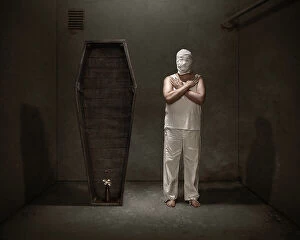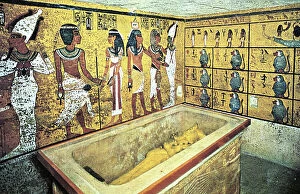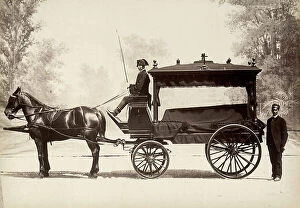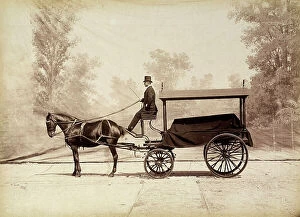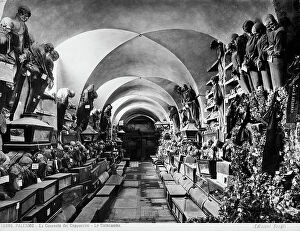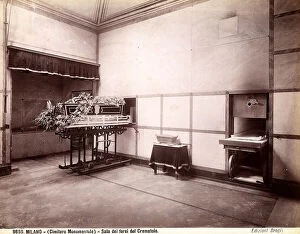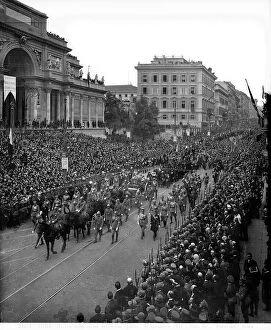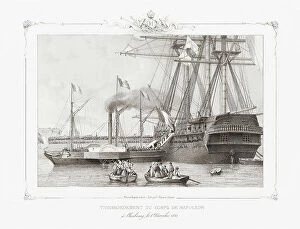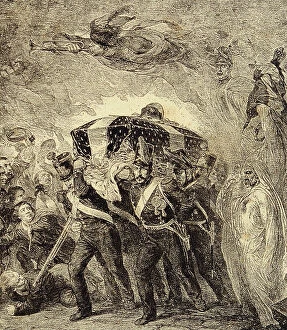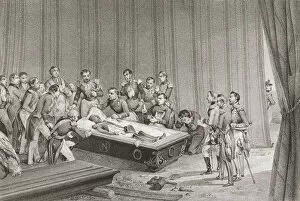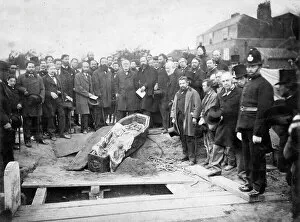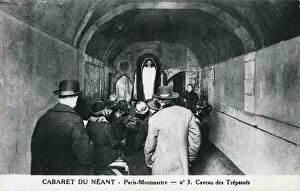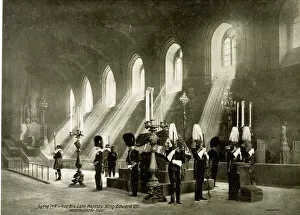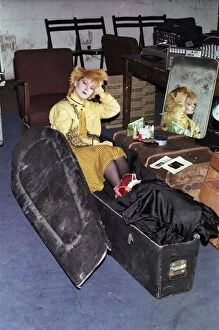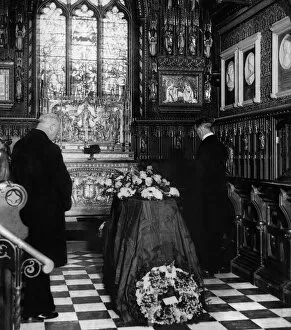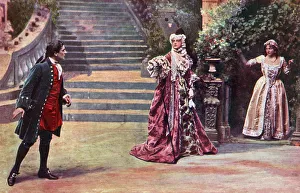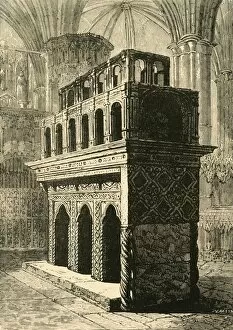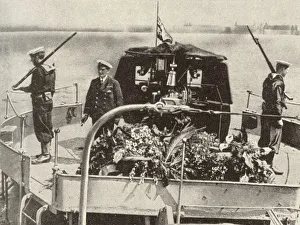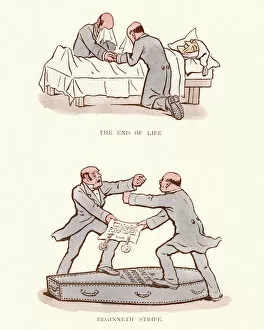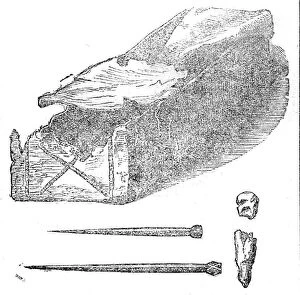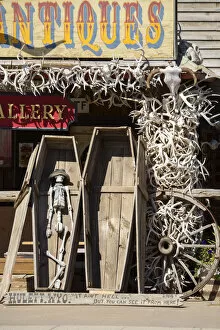Coffin Collection (page 5)
"Coffin: A Symbol of Mortality and Reflection" In Hogarth's iconic painting, "Gin Lane, " a coffin lurks in the background
All Professionally Made to Order for Quick Shipping
"Coffin: A Symbol of Mortality and Reflection" In Hogarth's iconic painting, "Gin Lane, " a coffin lurks in the background, serving as a grim reminder of the consequences of intemperance. The Welsh Funeral depicted by Henry Clarence Whaite captures the solemnity and connection to the cold earth that accompanies laying loved ones to rest. From The Gin Shop in 1829 to Poussin's "Et in Arcadia Ego" from 1650, coffins have been intertwined with themes of drinking and excess. They stand as memento mori, urging us to reflect on our choices before it is too late. The Unknown Warrior Burial Service evokes feelings of reverence and gratitude for those who made the ultimate sacrifice. Similarly, Sir Francis Drake's burial at sea near Portobelo reminds us that even great explorers are not exempt from mortality. Coffins also find their place in whimsical tales like Alice in Wonderland's Mad Hatter Tea Party. Here they serve as a macabre backdrop against which fantasy unfolds. In Lord Have Mercy Upon Us: The Plague in London woodcut or Edward VII lying in state at Westminster Hall, coffins symbolize loss and grief on a grand scale. These images capture moments where society confronts its own fragility. Whether found within St Dubhthach's Church or Clachan Duich Cemetery or amidst derelict Tirpentwys Colliery in Pontypool, South Wales - coffins silently remind us that life is fleeting and should be cherished while we can. Ultimately, coffins transcend time and culture; they encapsulate humanity's shared experience with mortality. Their presence serves as an invitation for introspection – reminding us to live fully while we still can.

